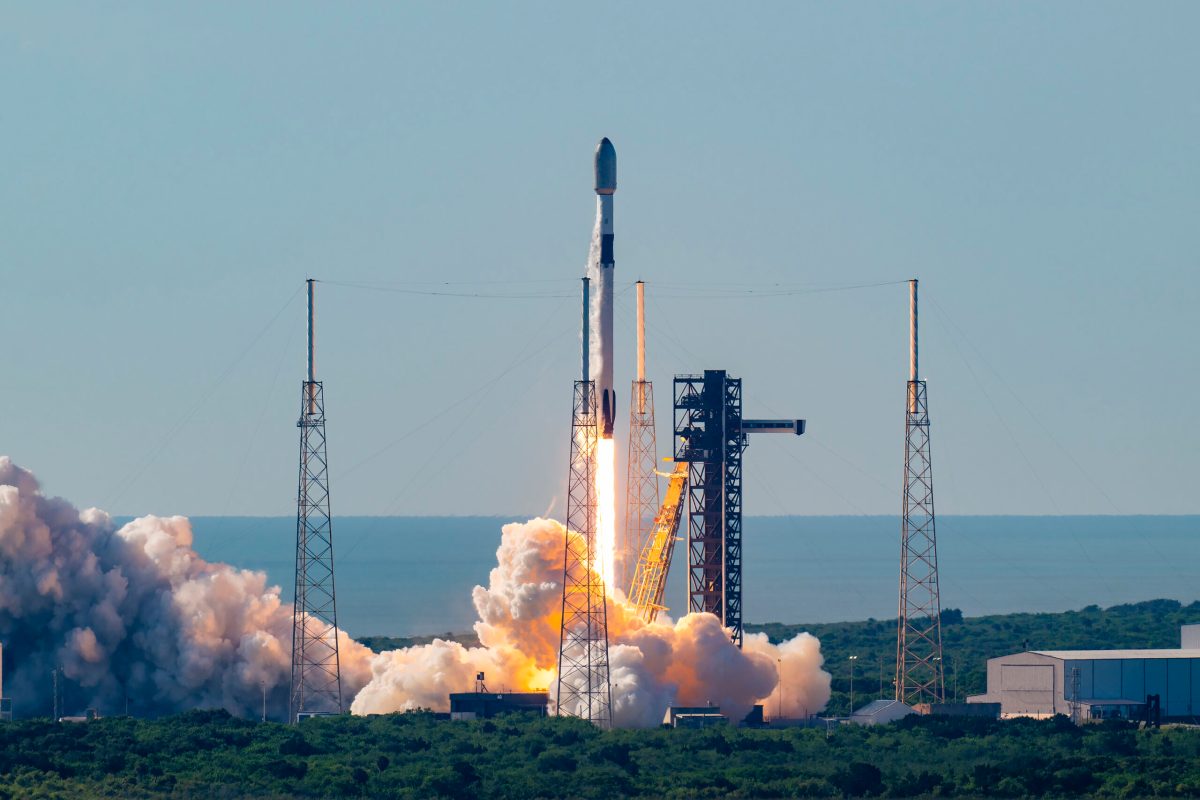TAMPA, Fla. — SpaceX has secured permission to gradually replace first-generation Starlink satellites with larger spacecraft designed to provide more broadband capacity.
The Federal Communications Commission Aug. 16 modified the license that permits SpaceX to operate up to 4,408 Gen1 satellites in low Earth orbit (LEO).
The modification allows SpaceX to deploy upgraded Starlinks under the Gen1 license with technology developed for the company’s second-generation constellation, which has a separate license permitting up to 7,500 more satellites in LEO.
SpaceX has 6,325 Starlink satellites in orbit after beginning its launch campaign in 2019, according to statistics maintained by astrophysicist Jonathan McDowell, including 4,216 Gen1 spacecraft with a design life of around five years.
The company, which has launched more than 6,800 Starlink satellites to date, has also been seeking approval to deploy nearly 30,000 Gen2 Starlinks.
The FCC said its modified license clears the way for Gen1 Starlinks with upgraded beam-forming and digital processing equipment, enabling SpaceX to provide broadband with narrower beams.
According to SpaceX, narrower beams would use the company’s licensed frequencies more efficiently and increase network capacity.
The latest Gen1 Starlinks weigh around 300 kilograms, compared with roughly 800 kilograms for the largest satellites in SpaceX’s current Gen2 network. SpaceX ultimately plans to deploy Gen2 Starlinks weighing about 2,000 kilograms, once its next-generation Starship rocket is in service.
SpaceX has also proposed deploying larger upgraded Gen1 Starlinks with two potential form factors, one to be launched with Falcon 9 and another that would use Starship.
Dish Network had asked the FCC to reject SpaceX’s license modification request over concerns that the upgraded Gen1 Starlinks could interfere with other communications systems.
The satellite TV broadcaster argued that SpaceX’s use of smaller beams would violate rules governing satellite power limits, which the FCC dismissed.
“With this modification, SpaceX will utilize advanced beam-forming technology, which will allow for narrow, more focused pointing to ground stations,” the FCC said.
“With this more focused capability, SpaceX will be able to better comply with the condition not to communicate in the same frequency with more than one satellite beam to any one area or overlapping areas at a time.”
SpaceX must seek a mutually acceptable agreement with the National Science Foundation to mitigate the impact of its satellites on optical ground-based astronomy, among other conditions tied to the modified license.
